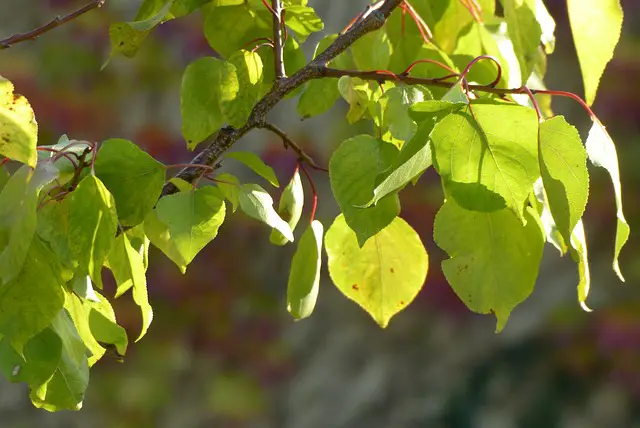
We may receive commissions from purchases made through links in this post, at no additional cost to you.
It’s a frustrating scenario for gardeners: you wait patiently all winter for spring to come and fruit trees to wake up. Temperatures warm, and you see the buds starting to swell…but then few flowers open up. Or, your tree is covered with flowers, but none of them turn into fruit. What’s going on?
There are a lot of reasons that fruit trees may fail to bear fruit, and apricot trees are no exception. Apricots are known to fruit inconsistently in many climates, but why? And is there anything you can do to encourage your apricot tree to bear more fruit?
Apricot trees can fail to fruit due to cultural problems, weather and temperature stress, lack of pollination, or pest/disease issues. Selecting the right cultivar for your climate and focusing on good cultural care may encourage better fruiting.
Continue reading for a thorough list of what may be preventing your apricot tree from fruiting, as well as suggestions for how to fix it. Believe me, fresh, home-grown apricots are worth the wait.
1. Frost Damage
This is probably the most common culprit for a lack of fruiting. Apricot trees are among the earliest spring bloomers in the garden. It’s exciting to see the flowers open up when most other things are still in winter-mode, but there’s a downside. Apricot blossoms and young fruit often fall victim to late frosts.
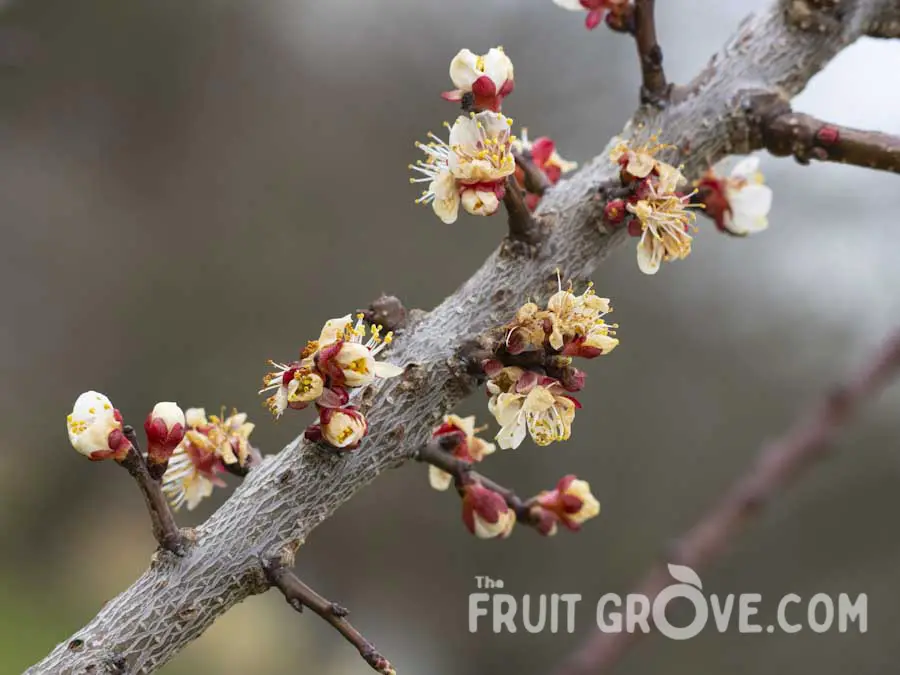
Even so-called “late-blooming” apricot varieties can still get frost damage from spring cold snaps. But, in climates that are prone to late spring freezes, the later the tree blooms, the better chance it has of fruiting.
What to Do:
If you are worried about spring frost damage, be sure to choose a cultivar that blooms later in the spring. ‘Golden Sweet’ and ‘Moorpark’ are both frost-resistant, late-blooming apricot varieties. I wrote an article all about apricot tree blossoming, including suggestions for varieties that bloom early and late: When Do Apricot Trees Flower? Best Varieties by Bloom Time.
You can also mulch the tree heavily (4-6 inches deep) over winter to prevent its roots from warming up too quickly in the early spring sun. Cooler roots equals later blooming. Use any combination of organic material such as compost, well-rotted manure, leaves, bark, or even snow. Just be sure to leave a few inches of space around the trunk to prevent rotting.
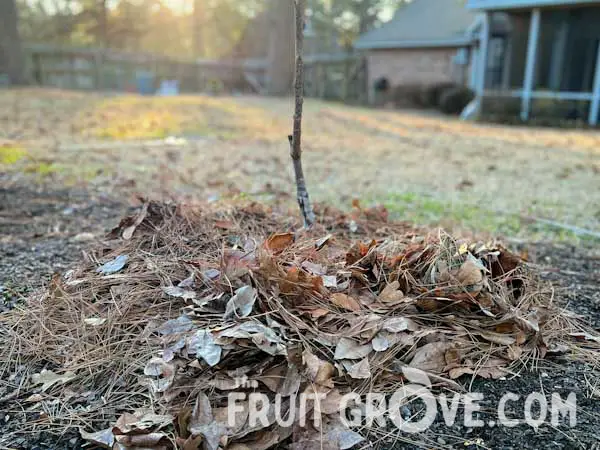
The location of the tree can also make a big difference in frost protection. Planting the apricot tree near a wall or fence takes advantage of any reflected heat off of those surfaces, creating a slightly warmer microclimate. It may only be a few degrees, but that may be enough to prevent frost damage.
Learn more: Planting an Apricot Tree: How to Choose the Right Spot
Trees planted on an elevated mound or small hill may be better protected, as well. Frost tends to settle heavier in low-lying areas.
2. Weather Stress
Frost isn’t the only potential weather-related problem. Apricot tree flower buds begin forming in the fall. If there is a prolonged lack of rainfall or very strong winds, those buds could get damaged. On the flip side, excessive rains in the spring could also damage buds and young flowers.
All of this weather stress, including those late spring frosts, could prevent the apricot tree from flowering or fruiting, or at least reduce the crop.
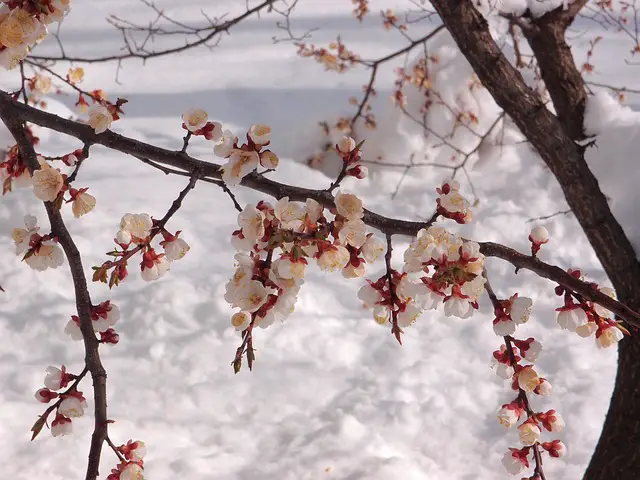
What to Do:
Unfortunately, this is Mother Nature’s issue. There’s not much a gardener can do to control the weather. Be aware that some years will just have a lighter (or nonexistent) apricot harvest. But the good news is, this should cause no lasting damage to the tree, and next years’ crop may be better than ever.
3. Not Enough Chill Hours
Apricot trees, like most fruit trees, need a certain amount of cold over the winter in order to form buds and develop fruit. The cumulative amount of time spent between 32°F and 40°F (minus any time over 60°F) is called chill hours.
Every apricot variety has a chill hour requirement – the specific range of chill hours it needs to blossom and fruit. If you plant an apricot tree that needs more chill hours than your area typically gets, you’ll have trouble getting a good crop.
Or, you may have planted the right cultivar, but during a mild winter the tree might not get enough chill hours. The chill hours for each climate varies from year to year. You can find an estimate of your area’s average chill hours on a map like this one, or do a simple search for “[your location] chill hours.”
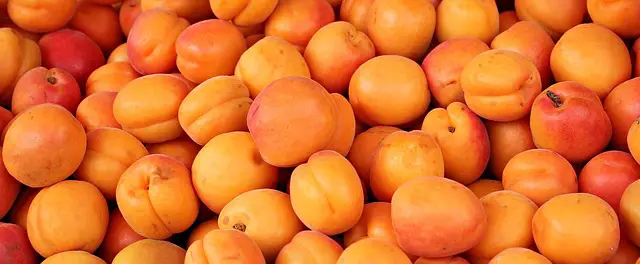
What to Do:
First and foremost, double check your apricot cultivar to make sure its chill hour requirement corresponds to the average chill hours for your location. Most apricot varieties need at least 700 chill hours, but there are many cultivars that are well suited to lower-chill areas.
Learn more: The Tastiest Low-Chill Apricot Varieties to Grow at Home.
An occasional mild winter won’t hurt the tree, but year after year with not enough chill may cause stunted growth and eventual tree death. To be safe, choose a tree that’s within 100 chill hours of your area’s average.
4. Lack of Pollination
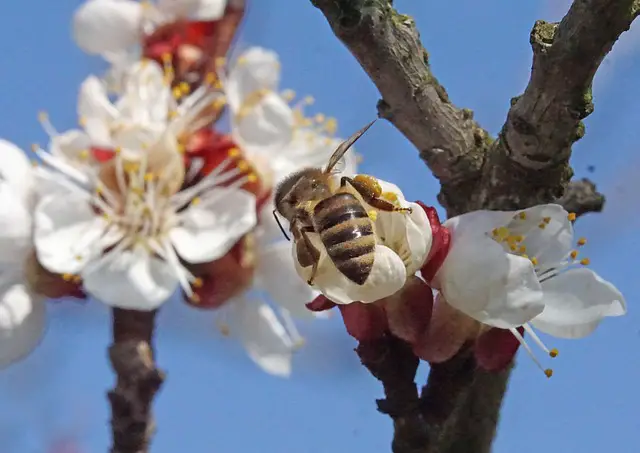
Most apricot trees are self-pollinating, so you don’t need a second tree to get fruit. However, even self-fertile trees will fruit far better if pollinated from another tree. An apricot tree may be full of blossoms, but if they are left unpollinated, they will drop off and never turn into fruit.
What to Do:
If you’ve been disappointed by the amount of fruit on your apricot tree, try planting a second one. You can choose a different cultivar, or even an apricot hybrid such as a pluot or aprium. Whichever tree you pick, make sure that it blooms around the same time as your tree so the bees can do their business.
While you’re at it, add some bee-attracting herbs and flowers nearby, such as coneflowers, verbena, or cosmos (and many more!). I’ve got some Agastache cana – also called Texas hummingbird mint – planted near my apricot tree (pictured below), and the pollinators love it.
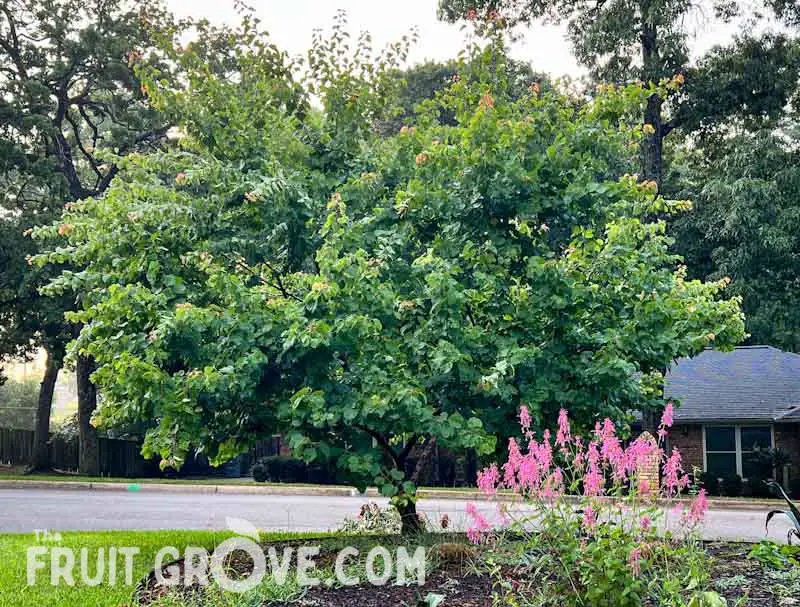
5. Pest or Disease Issues
Several insects such as aphids, mealybugs, and borers can wreak havoc on tender growth, buds, and fruit. Fungal diseases such as Coryneum blight (shot hole) and canker can also weaken the tree and prevent it from fruiting.
Look for symptoms such as curled or discolored leaves, scabby bark, holes in the trunk or branches, or splotchy or scabby patches on fruits to see if your tree may have a pest or disease problem.
What to Do:
The best thing to do is talk to local experts. Contact the nearby extension service and find out which pests and diseases are a problem for apricots in your area. Or, talk to someone at a local nursery. Each location is prone to different apricot issues, and you don’t want to treat for something that isn’t actually a problem for you.
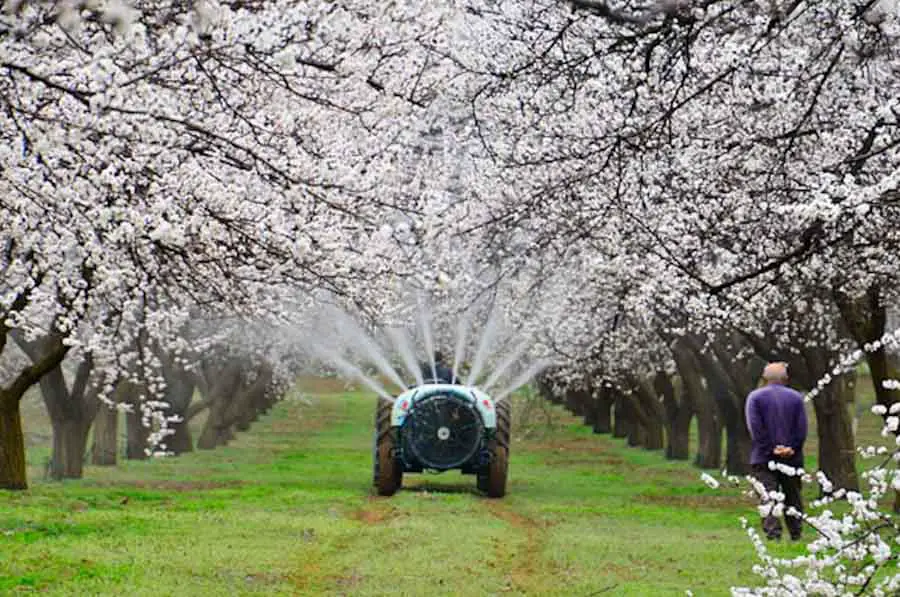
Apricot trees are sensitive to many fruit tree sprays, but there are organic and cultural options available that can help prevent or control pests and diseases (copper fungicide, insecticidal soap, neem oil, etc.). Local experts will give you the best information for your situation.
6. Too Much or Too Little Nutrition
Sometimes fertilizing can be too much of a good thing. Too much fertilizer could cause your tree to grow vigorously, putting its energy toward new leafy growth instead of developing fruit. A lack of blossoms or fruit could be due to too much added nutrition.
On the other hand, apricots need certain nutrients to fruit their best. A lack of micronutrients, such as zinc, could inhibit fruit production. In many cases, the problem is a too-high or too-low soil pH, which will keep the tree from absorbing what it needs.
What to Do:
First check the pH of your soil. Apricots like fairly neutral soil with a pH between 6.0 and 7.5 (7.0 is neutral). Use a simple soil test kit, which will give you a general idea of the pH, or send a soil test to a lab for more detailed results*. If the pH is low (too acidic), add garden lime. If the pH is high (too alkaline), add a sulfur-based acidifier. Always follow the product instructions.
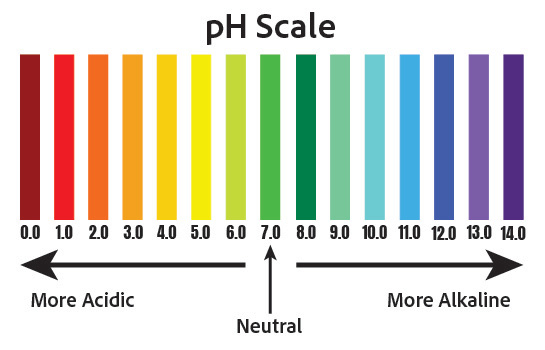
To fertilize, feed once in early spring with a good quality, all-around fruit tree fertilizer with a relatively balanced NPK ratio, such as Dr. Earth Natural Wonder. Look for a fertilizer that also lists micronutrients, in addition to the nitrogen, phosphorus and potassium (macronutrients).
If your tree grows 1-2 feet over the growing season, hold off on fertilizing any more. If the growth seems slow, give a second fertilizer application later in the summer – but hold off in the fall. You don’t want a boost in growth as the tree prepares to go dormant for the winter.
If your soil is relatively fertile, you may not need to fertilize at all. Especially avoid fertilizing a young apricot tree before its fruit bearing years. Once the tree is 3 or 4 and starts bearing fruit, some feeding may be necessary.
I have fairly lean, sandy soil, but my ‘Golden Sweet’ apricot tree grows very vigorously – even if I don’t feed it. I do recommend a layer of compost in the fall, which will break down over the winter and enrich the soil. When in doubt, don’t fertilize unless the tree is growing very slowly.
7. Improper Pruning
All stone fruit trees, such as peaches, apricots, and plums, need yearly pruning to fruit their best. Pruning helps direct the tree’s energy toward new growth and developing fruit, as well as controlling the overall size and form of the tree.
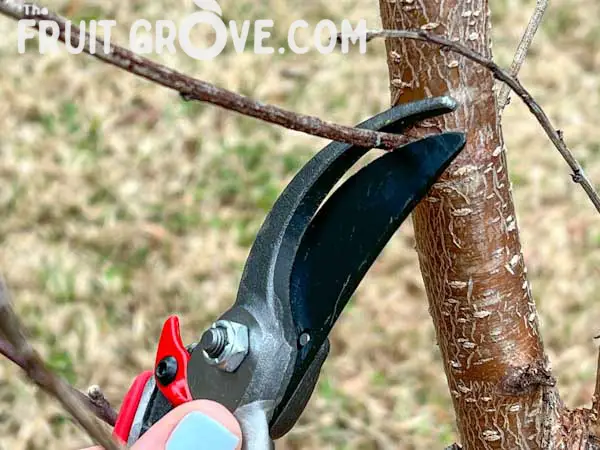
If you don’t prune an apricot tree, it may struggle to support both a large canopy and a large crop of fruit. Unpruned trees can grow too densely, blocking ripening fruit from adequate sunlight and preventing air circulation (which invites disease). And, of course, any fruit may be out of reach and difficult to pick.
On the other hand, excessive pruning could prevent fruiting as well. Apricots form on 2-year (or older) spurs, so if you prune too much you may eliminate the fruit-bearing wood. Too much pruning could also overly stress the tree, or cause it to grow too vigorously in recovery.
What to Do:
Moderate, annual pruning is the answer. In the early spring, remove any diseased, dead, or damaged branches (the 3 D’s of pruning). Tip prune longer branches by about a third. Thin out any dense areas and crossing or inward-growing branches. Try to leave an open center so the light can penetrate to the inside of the tree.
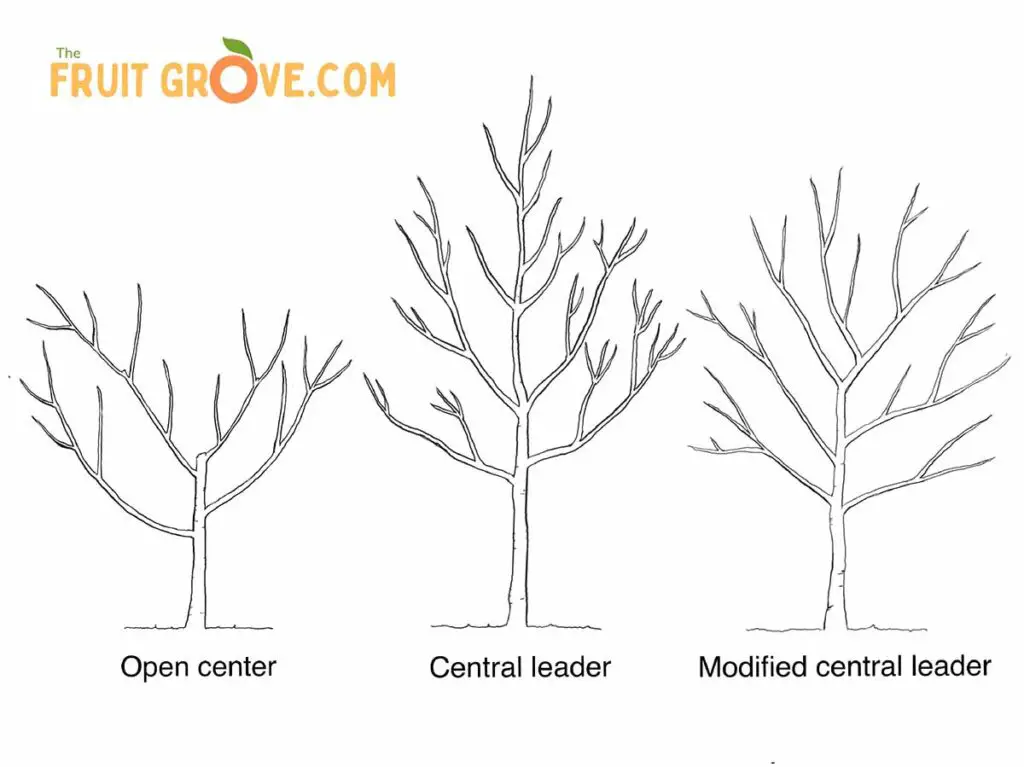
In general, cut back the tree about 30%, or even up to half (depending on how vigorously the tree grew the previous year). Once spring comes, the tree will fill out again very quickly. You may even need to lightly prune throughout the growing season to control its vigor.
I keep an eye on my ripening apricots and remove branches that shade the fruit excessively. I’ve noticed a big improvement in the flavor of the apricots when they get plenty of sun as they ripen.
8. Alternate Bearing
If left to their own devices, many apricot trees are alternate-bearing – that is, they may have a large crop one year and a small or nonexistent one the next. Your tree’s lack of fruit could just be due to the fact that it’s an “off” year. You can just let it be, but there are some things you can do to encourage a more consistent crop.
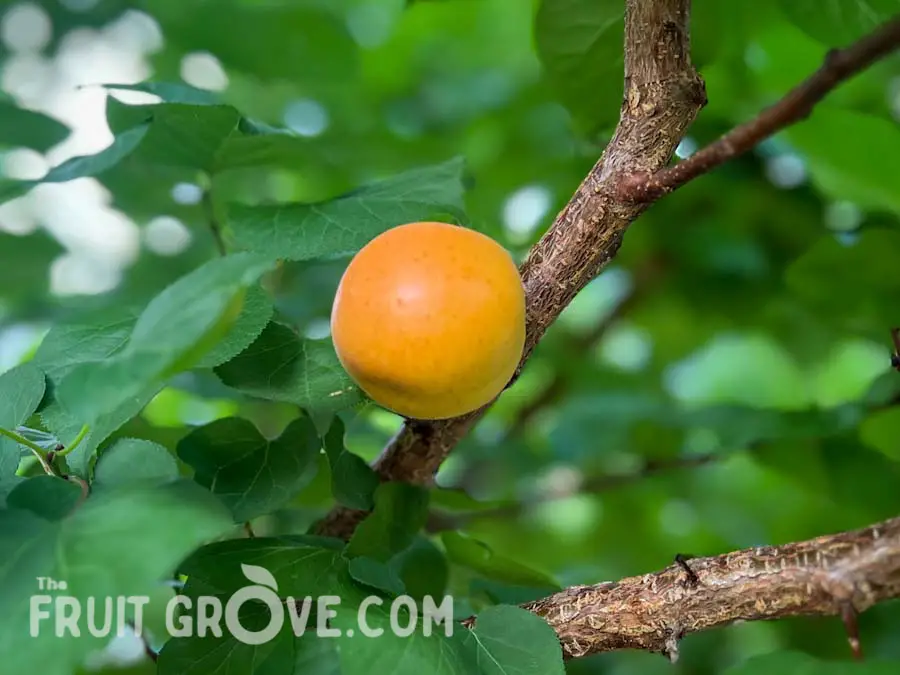
What to Do:
Manually thin out young fruits on the apricot tree when they are about the size of a dime. Aim to keep about 6 inches between fruits. Thinning the apricots will allow the remaining fruit to grow larger and sweeter, and will help the tree bear a more consistent year to year.
You may notice that the tree does some thinning on its own. A certain amount of dropped fruit will happen naturally. But after the natural fruit drop, if the crop is still very dense, go ahead and gently pick off some of the baby apricots. It may seem counterintuitive, but you’ll end up with a better, more consistent harvest.
9. Irrigation Issue
A common cause of fruit drop in apricot trees is over-irrigation. Apricots thrive in semi-arid, desert areas. Too much moisture during budding, blossoming, and fruiting can cause more harm than good.
On the other hand, too little water could overly stress the tree, especially during hot weather, causing fruit issues. As we talked about way back in #2, a dry fall could prevent next year’s buds from forming properly.
What to Do:
When an apricot tree newly planted, water it just about every day for the first month. Then continue watering it deeply 2-3 times per week through the growing season. I suggest using tree watering bags on young fruit trees, like these, which release water over several hours for better root absorption.
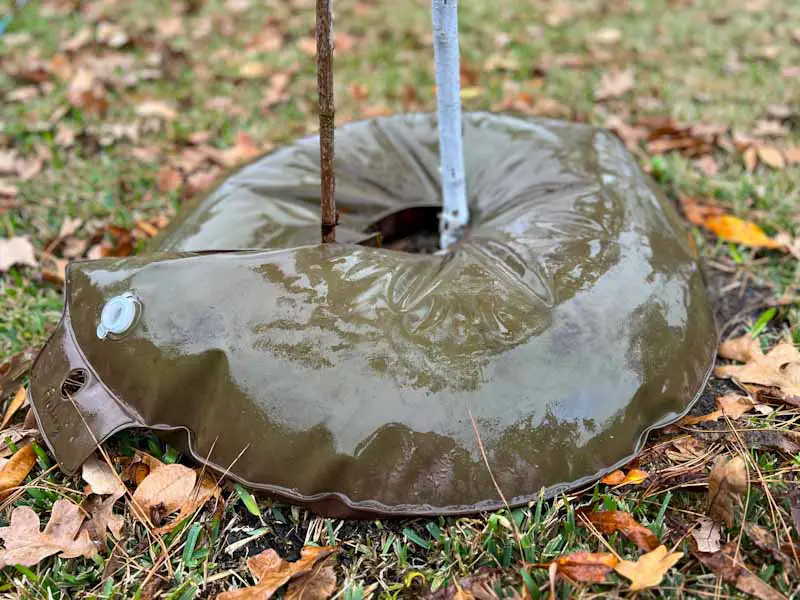
I made this mistake when I first planted an apricot tree. My hot summer weather was too much for the young tree, and it almost completely died back. I then started to water the tree nearly every day, and vigorous new growth soon emerged.
By the end of that first year, the previously almost-dead tree was at least 8 feet tall. Now, just a few years later, it’s over 15 feet and producing the most delicious apricots I’ve ever had. The lesson is: Be sure to water newly planted apricot trees thoroughly and often!
Once the tree is more mature and well-established, you may not need to do much supplemental watering, if any. I live in a hot climate, but my tree now only needs additional water during prolonged hot, dry spells (more than a week or so). I’ve also noticed the apricots are sweeter when I hold off on additional irrigation.
10. Tree Age
If your tree is younger than 3 or 4 years old, it may not be ready to bear fruit yet. A young tree needs to spend its energy on growing roots and a widespread canopy. It may even flower for a few years without a crop.
What to Do:
Just wait! Your young tree will start fruiting before you know it. Most apricot trees start to fruit between years 3 and 5. If it’s happily growing and flowering now, fruit will soon follow.
Apricot trees can bear fruit for a long time – about 40 to 50 years (maybe more!). But an older tree’s production will probably slow down over time once it’s past 25 or 30 years old. As long as the fruit is still delicious, I would keep a beautiful, mature, sprawling apricot tree around as long as possible.

